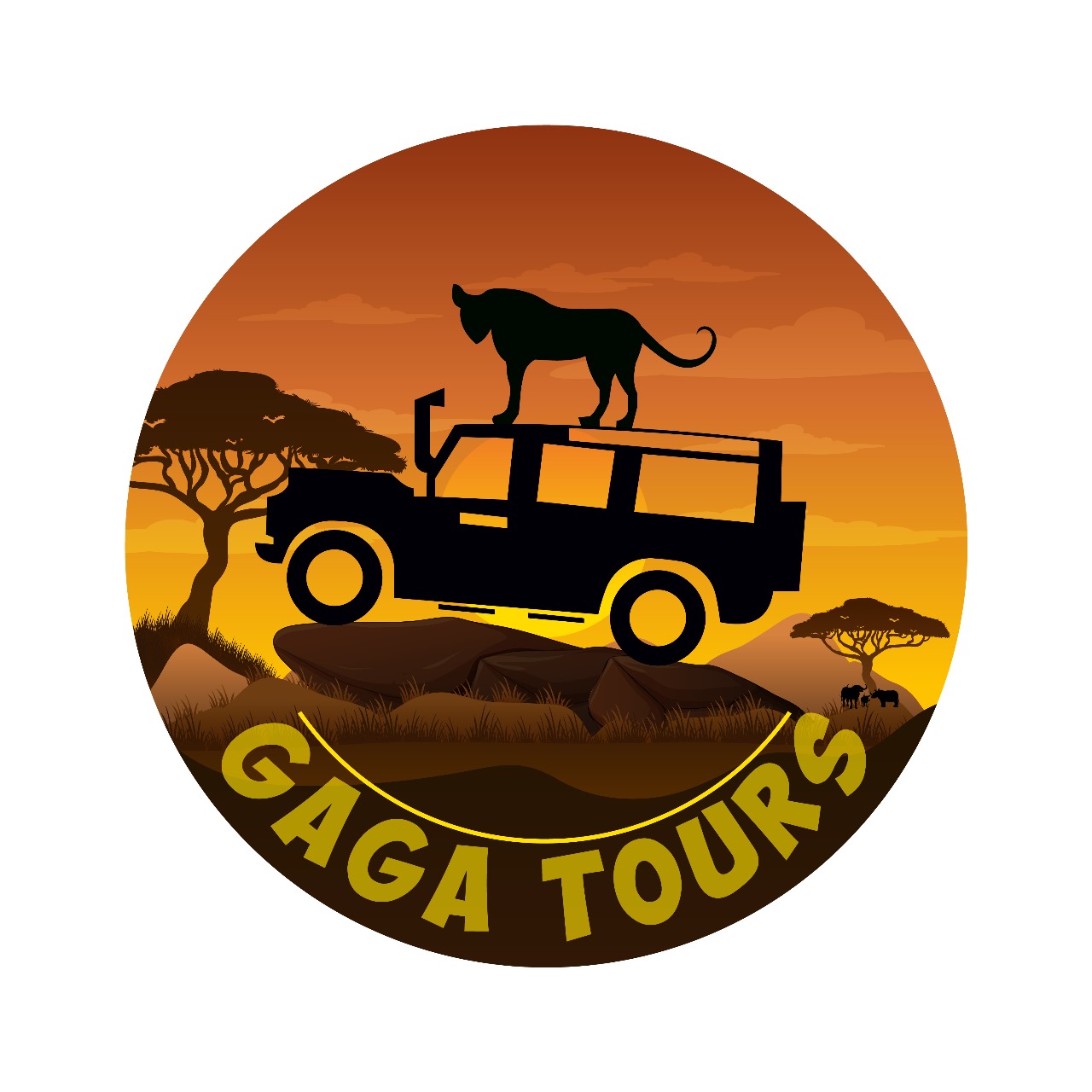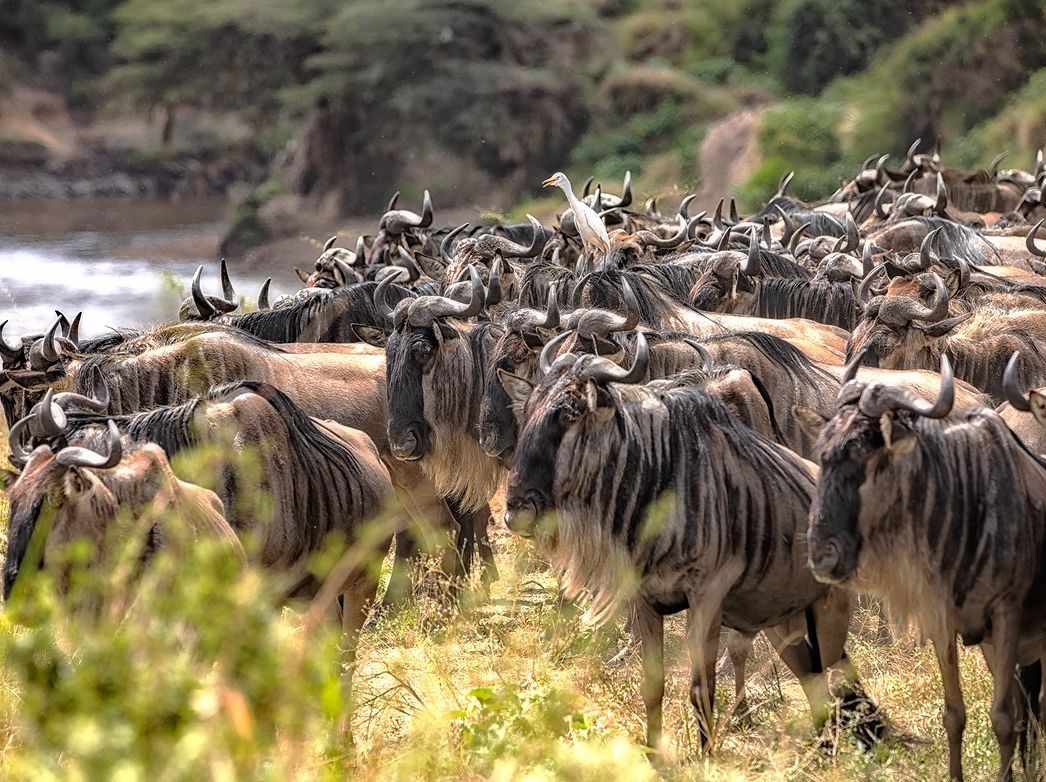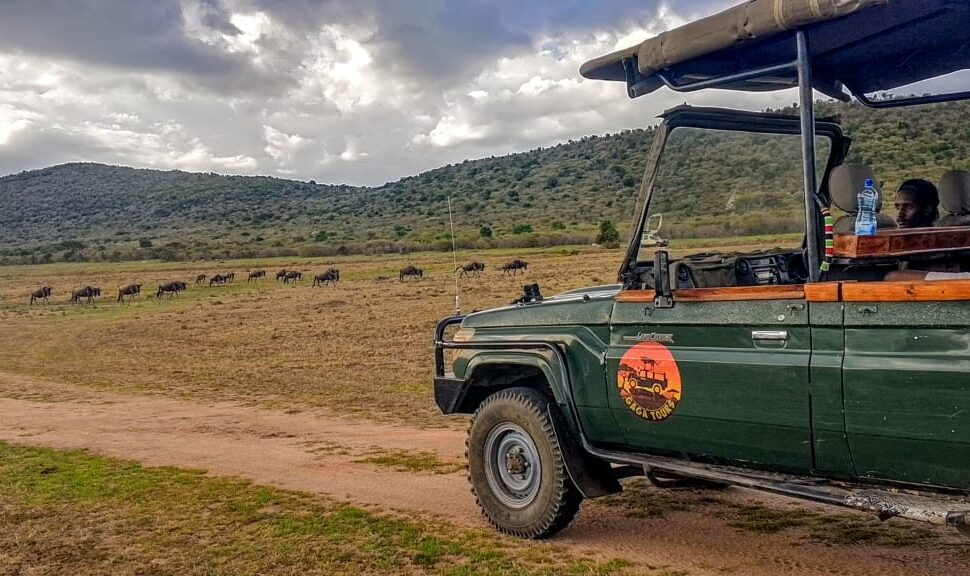The Great Migration is one of nature’s most breathtaking spectacles. Every year, millions of wildebeest, zebras, and gazelles embark on an epic journey across the plains of East Africa in search of fresh grazing grounds. But this isn’t just any migration—it’s a massive, life-or-death journey that spans hundreds of miles and is filled with thrilling moments. If you’ve ever wanted to know more about this awe-inspiring event, here are 7 things you should know about the Great Migration.
1. It’s the Largest Land Mammal Migration in the World

The Great Migration is the largest land mammal migration on Earth. Each year, approximately 1.5 million wildebeest, 250,000 zebras, and over 500,000 gazelles move in a synchronized pattern, following the rains and the lush green pastures that come with it. These animals travel across the vast grasslands of Tanzania’s Serengeti and Kenya’s Masai Mara, with some of them traveling more than 1,800 miles (3,000 km) annually.
Their movements are not random—they’re guided by the instinct to find food, water, and the best conditions for survival. The migration’s sheer scale is unparalleled, and it remains one of the world’s most incredible natural phenomena.
2. The Migration Is Driven by Weather Patterns
Unlike most migrations that follow an innate instinct based on the seasons, the Great Migration is closely tied to the region’s rainfall patterns. The wildebeest, zebras, and gazelles are constantly moving in search of fresh grass, which thrives after the rains. They follow a circular route, moving from the southern Serengeti in Tanzania to the northern regions of the Masai Mara in Kenya, depending on the timing and intensity of the rains.
This seasonal movement ensures that the herds always have access to fresh grazing, and it also means that the migration occurs at different times each year depending on the weather conditions. Generally, the migration peaks in the wet season (April to June) and during the dry season (July to October).
3. It’s a Constant Battle for Survival
While the Great Migration is often romanticized as a beautiful natural spectacle, it’s also a life-and-death struggle for the animals involved. Predators such as lions, leopards, crocodiles, and cheetahs lie in wait as the herds make their way through the plains, looking for their next meal.
The river crossings are one of the most dramatic moments of the migration. When the herds cross the Mara River (or Grumeti River in Tanzania), they face fierce challenges. Crocodiles lurk in the water, and lions or hyenas often wait on the riverbanks for a chance to strike. It’s a perilous journey, and only the fittest survive.
Despite these dangers, the herd’s collective instinct and sheer numbers provide safety in numbers, and many animals make it through the perilous crossings.
4. The Migration Peaks During the River Crossings
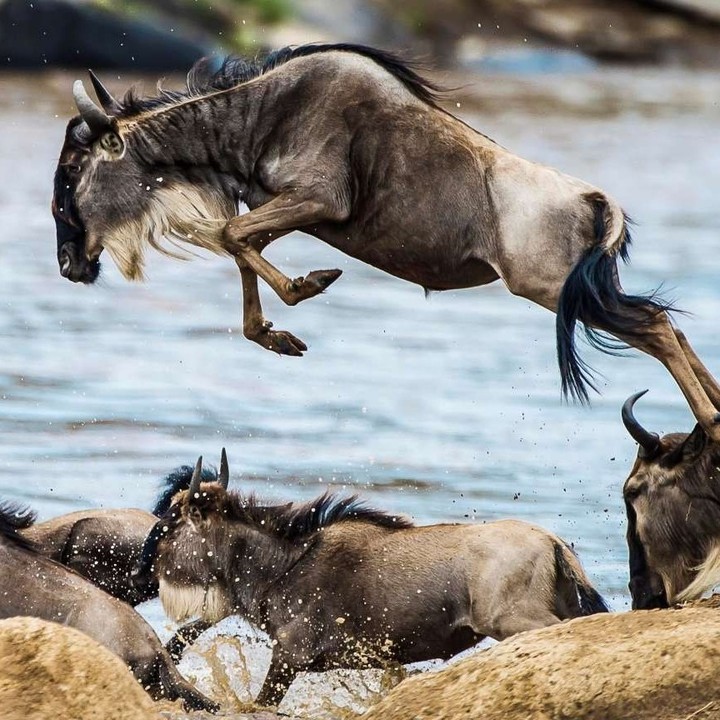
One of the most iconic aspects of the Great Migration is the dramatic river crossings, particularly those at the Mara River in Kenya. Every year, millions of wildebeest, along with zebras and gazelles, must navigate these dangerous waters to continue their journey. The sheer scale of the crossing is mind-blowing, with herds pouring into the river in a chaotic yet synchronized manner.
The river is home to giant crocodiles that wait for the migrating animals. The most intense moments happen during the dry season when the water level is lower, making the crossing both perilous and exciting. It’s a moment that attracts thousands of visitors to watch this breathtaking and often brutal scene of survival.
5. It’s a Major Draw for Wildlife Lovers and Tourists
The Great Migration is one of the most sought-after experiences for wildlife enthusiasts and tourists. It attracts travelers from all around the world, eager to witness the drama of nature unfold before their eyes. Watching the wildebeest charge across the river or hearing the roar of a lion chasing a zebra is a once-in-a-lifetime experience for many.
Safari operators in Kenya and Tanzania offer specialized Great Migration safari packages, where visitors can witness the migration in its most dramatic form, either from the comfort of a luxury safari lodge or the excitement of a mobile tented camp. This influx of tourists supports local economies and has helped drive conservation efforts in the region, although the impact on the environment and local wildlife is always a subject of ongoing debate.
6. The Migration Supports the Ecosystem
While it might seem like the migration is all about survival, it also plays a critical role in maintaining the balance of the ecosystem. As the herds move through the plains, they help to fertilize the soil with their droppings, enriching the land for the next season’s growth of grasses. This cycle is crucial for maintaining the delicate balance of life in the savannah, and it supports a wide variety of other wildlife.
The constant movement of the herds also ensures that grazing pressure is distributed across the land. If the herds remained in one area for too long, overgrazing could lead to soil erosion and damage to the environment. By moving with the rains, the animals help maintain the health of the ecosystem.
7. It’s a Symbol of Resilience and Life’s Cycle
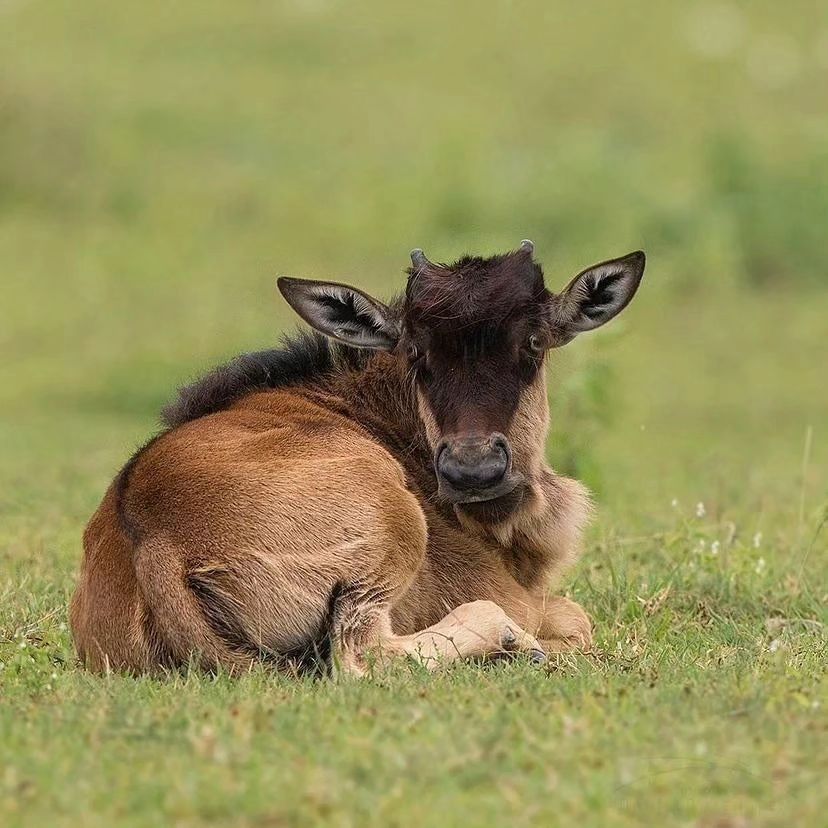
The Great Migration is not just about animals moving from one place to another; it’s a symbol of resilience. Each year, millions of animals go through a cycle of life, death, and rebirth. Despite the dangers they face, the wildebeest and other animals keep moving forward, driven by an ancient instinct to survive and propagate their species.
For those who are fortunate enough to witness it, the migration serves as a reminder of the power and beauty of the natural world. It’s a story of perseverance, survival, and the interconnectedness of life. The migration’s importance extends beyond the animals involved; it’s a reminder of the delicate balance of life on Earth and the need for conservation to protect these magnificent creatures and their ecosystems for future generations.
